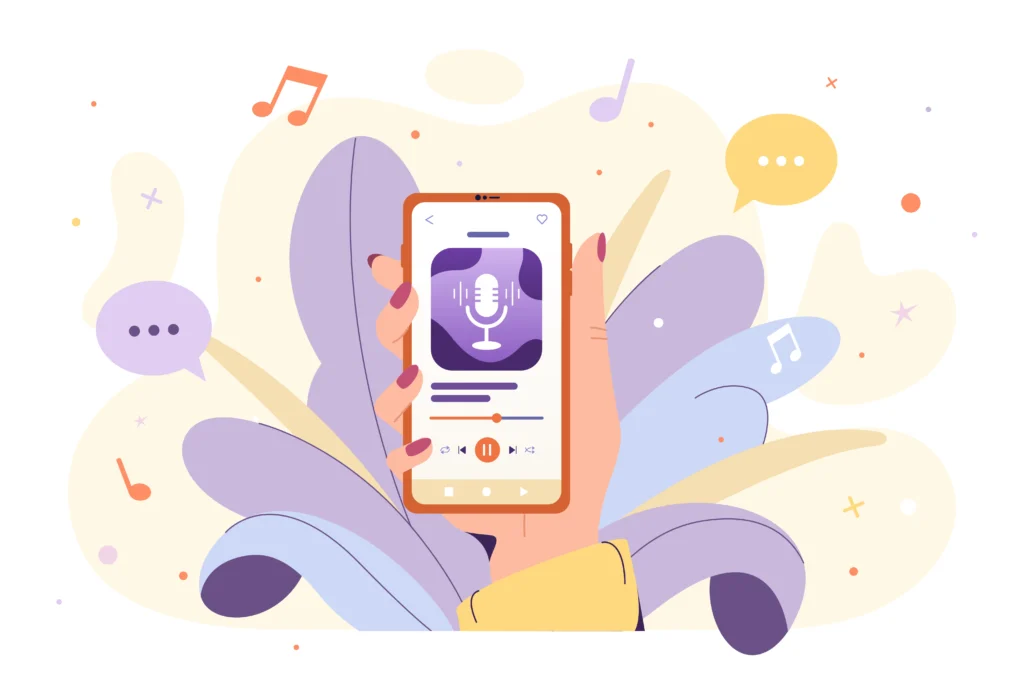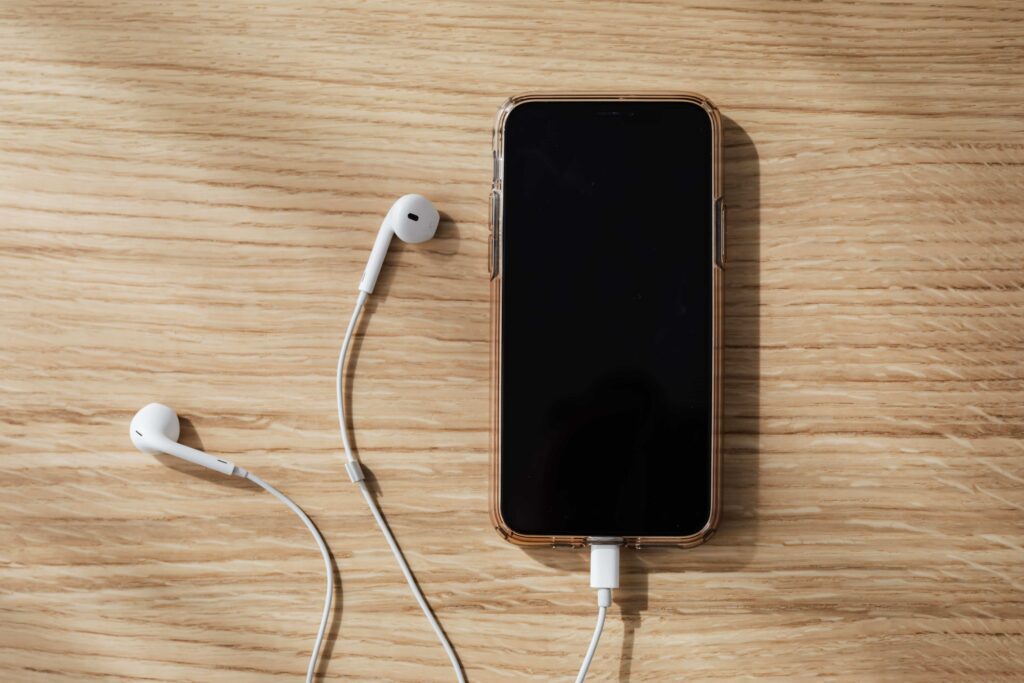|
Getting your Trinity Audio player ready...
|

The Evolving Soundscape of Audio Advertising
The industry of audio has added more volume to the uninspiring technological landscape. As audio technology has developed and advancements in technology advancements, the audio medium has expanded. It offers a variety of ways for brands to reach people from various categories of demographics as well as markets, with the number of global users of streaming audio services predicted to surpass 1.3 billion by the end of this decade and the worldwide advertising budget in digital. Radio is expected to reach USD$38.75bn (~PS30.53bn) by 2023; it’s evident that the audio market and the potential it provides marketers are gaining momentum.
To better understand the intricate nature of the audio world. We will thoroughly examine three holy quatrains of Radio stations, the streaming of music and podcasts, and how they each contribute to making the medium profitable.
Radio: Someone is fascinated with you.
The longest-running medium for audio ads (discounting the town crier’s excessive use in the course), Radio has been outstanding in global marketing, with the budget expected to increase by 28.61 billion dollars (~PS22.54bn) in the coming year. The forecast for growth isn’t shocking, as one of the primary advantages is its low production costs and excellent return on investment. Radio advertising offers an average ROI in the range of PS7.70 for each PS1, which is the most effective rate for television. With the impact of inflation, as well as the economic crisis that has hit the tech industry, which has forced drastic reductions to deal with rising costs, the effectiveness of Radio is simple to understand its appeal among advertisers.
But, it’s sensible to make Radio only a rainy-day option because it’s an enormous success, with more people listening to Radio each week than Facebook across the US alone. Additionally, the listeners of Radio are vast and diverse in terms of ages, genders, and even interests, which makes Radio a desirable option for those wanting to reach out to a large audience. Radio’s popularity as a trusted medium and one of the most rated in the eyes of Europeans is an excellent method for advertisers to communicate with their audience. It has been demonstrated to be highly effective in advertising. Radio ads have been shown to enhance customers’ impression of brands by 48 percent while increasing the number of people who go to websites that advertise by 52% more, showing Radio’s ability to influence consumer behavior.
Music streaming – heard, observed, as well as heard.
While streaming music on portable devices has been around for quite a while, the rapid growth in streaming music over the past two decades has given listeners greater control and flexibility than ever. Since its launch in 2006, it has seen the popularity of streaming services increase. Spotify has surpassed 100 million people worldwide, with 317 million using the advertising ( Spotify ads) service. Spotify’s strengths lie in how it affects listeners via music and the artists that trigger certain emotions or cause listeners to feel valued and appreciated (who wouldn’t want to feel appreciated and heard listening to Smoko or Smoko or Smokoon while they commute to work, isn’t it?) Based on the research carried out in the context of Pandora, the music streaming service, advertisements that are audio-integrated into playlists with personalization are more effective for people’s long-term memory than smartphones, phones, and TV. They also highlight the possibility for advertisers to reach their clients and remain in their audiences even after their advertisements are played.
The most recent developments in assessing the efficacy of advertisements on streaming sites for music are being developed since the technology is fast growing to give marketers a complete assessment of the potential of advertising.
Shop Now
Podcasts – A bit more conversation, a lot more action
Although they’re regarded as a contemporary aspect of audio, they have been a part of the audio world for a long time, and the idea behind “podcasting” is as old as 2004. But, the medium has gained traction over the last decade thanks to two significant technological advances, including the Apple iOS upgrade in 2014, which made it easier for listeners to access Apple’s podcasts by downloading the app onto their devices. Spotify’s decision to make its podcasts available to everyone in 2018 also increased the medium’s popularity, resulting in listeners rising by 175 percent at the end of the year. Presently, there are 464.7 million people across the globe who tune in to five million or more podcasts, and 34 percent of people listen to at least one podcast each month. As opposed to traditional broadcasts, these podcasts are focused on specific topics or areas of interest and allow listeners to access the content they’re looking for. Advertisers also can reach those they’re targeting. With US people saying that entertainment and education are the top two reasons to listen to podcasts, for instance, advertisers can better connect their brands and services to specific shows and reach their desired viewers.
In addition, with people from different markets using podcasts on their commute while exercising or even out on the streets, businesses get their attention even when they’re otherwise distracted, which isn’t feasible with visual advertisements. This is among the advantages that are shared by all audio advertisements. However, podcasts stand out due to their ability to build an intimate connection between hosts and listeners. A study indicates that podcast hosts can be at least 60% more influential than celebrities on social media, and the listeners are 68 percent more likely to buy from companies they see advertised in podcasts than on social networks. In addition, one in four podcast listeners has purchased an item through the ad, suggesting that podcasts like Four Finger Discount and Off Menu are highly efficient and an investment that can benefit both brands and marketers.
Related
Crafting Targeted Audio Ads for Co-Listeners: Brand Strategies



